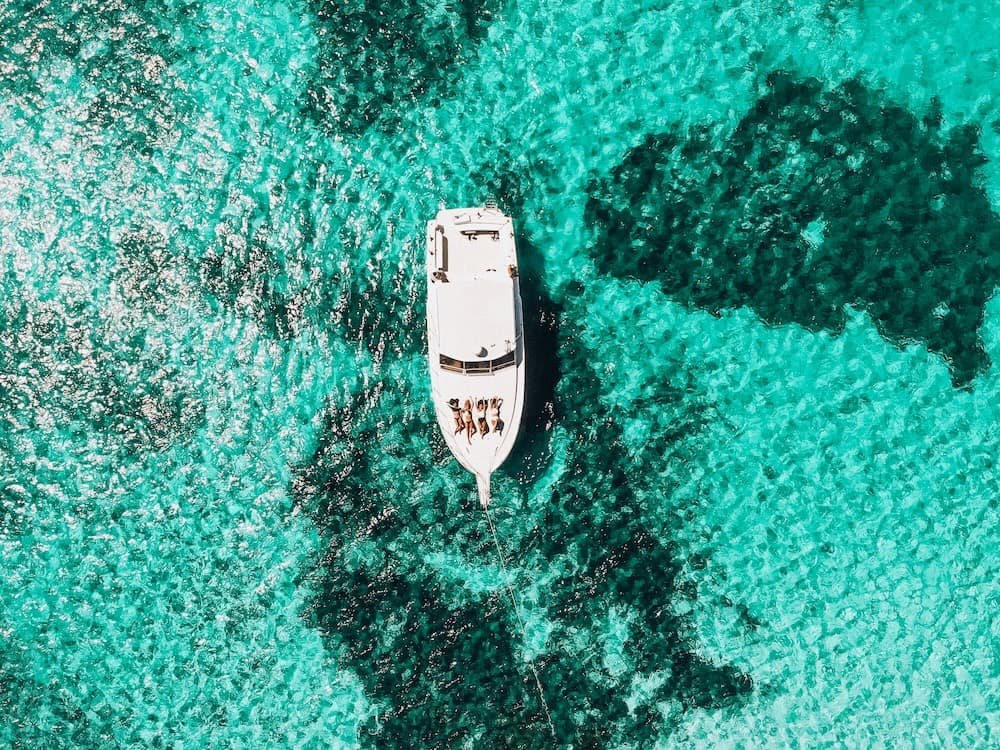The unspoiled Bahía Islands in Honduras
Disclosure: Bear in mind that some of the links in this post are affiliate links and if you go through them to make a purchase we will earn a commission at no additional cost to you. We chose these companies / hotels because of their quality and not because of the commission we receive from your purchases.
The beautiful coral reef in front of the still unspoiled Bahía Islands is part of the barrier reef of Belize, the magnificent, second-largest barrier reef in the world. However, the unparalleled wildlife here is even more stunning due to less tourism and development. The archipelago consists of three large, four smaller, and about sixty very small islands that stretch in an arc along the coast; Roatán is the largest and most popular of them.
With the only paved road in the entire archipelago, it is also the most developed. The reefs between the islands consist of various types of coral, and this is where the most diverse sponges and other invertebrate creatures in the entire Caribbean can be found. It is a paradise for both snorkelers and scuba divers. 
As a tourist destination, the Bahía Islands are as green and enticing as the posters promise, even for non-divers. Many visit the marine research institute, RIMS, where they work with dolphins, and guests can observe the animals' training. RIMS offers guests of Anthony's Key Resort, the best hotel on the island, located next to the institute, the opportunity to swim, snorkel, or dive with dolphins in the open ocean or bay.
How to get there
Roatán: 56 km (35 miles) off the north coast of Honduras, connected by daily flights to the country's major cities. One of the more sustainable ways to reach Roatán is to travel overland to a coastal city in Honduras and then take a ferry to the island. This can significantly reduce the carbon footprint compared to flying. From La Ceiba, you can take the Galaxy Wave Ferry to Roatán. The ferry ride takes about 1.5 hours and operates daily.
If you’re an adventurous traveler, consider sailing to Roatán. This option is not only more eco-friendly, but also provides a unique experience, giving you the chance to enjoy the beauty of the Caribbean Sea along the way.
Best time to visit
The temperature remains high year-round. On average, the warmest month is September, with temperatures reaching 30°C (86°F), while the coolest month is January, at 27°C (81°F). From February to July, you can expect the least amount of rain. You can view our climate charts here.